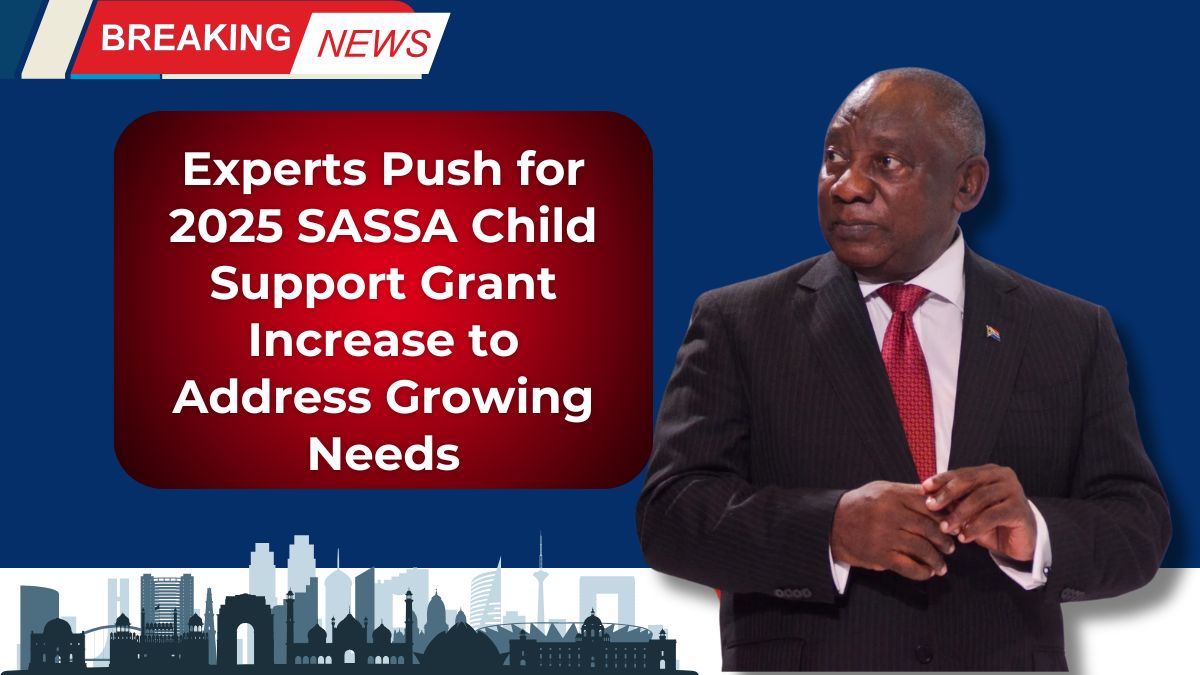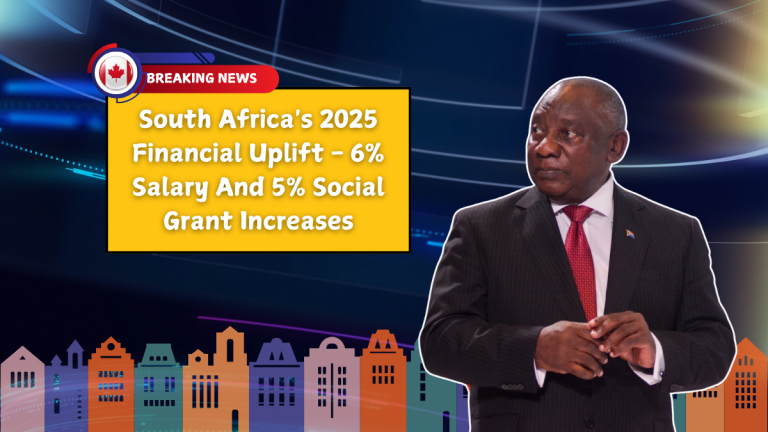The South African Social Security Agency (SASSA) plays a pivotal role in supporting low-income families, with its Child Support Grant (CSG) being a cornerstone of this assistance. Despite its importance, the current monthly payment of R530 per child is insufficient, given the escalating cost of living and inflation. An increase in this grant is essential to alleviate the struggles faced by millions of South African families.
Overview of the Child Support Grant
The Child Support Grant, introduced by SASSA, aims to provide financial assistance to primary caregivers of children under 18 years old. It is a lifeline for families in financial distress, ensuring basic needs such as food, shelter, healthcare, and education are met.
Key Facts about the Grant
| Feature | Details |
|---|---|
| Current Payment Amount | R530 per child per month |
| Payment Frequency | Monthly, typically during the first week |
| Eligibility | Based on income and residency criteria; applicants must live in South Africa with the child |
Additional SASSA Grants
- Foster Child Grant: Provides R1,130 per month for children in foster care.
- Care Dependency Grant: Offers R2,090 per month for children with severe disabilities requiring constant care.
Challenges Families Face with the Current Grant
Rising Cost of Living
The cost of living in South Africa has risen dramatically, with essentials like food, electricity, and transportation becoming increasingly expensive. For families relying on the R530 monthly grant, covering even basic needs is a significant challenge. For example:
- Staple foods like maize meal, bread, and cooking oil have seen steep price hikes.
- Transportation costs for school and healthcare visits further strain limited budgets.
Poverty and Its Impact on Children
South Africa has a high poverty rate, with over 60% of children living below the poverty line. Many families cannot afford nutritious meals, adequate housing, or education.
The food poverty line, set at R760 per person per month, highlights a glaring gap—the grant is R230 short of covering even the minimum cost of food. This shortfall forces families to make difficult choices between essentials such as food, education, and healthcare.
Why Increasing the Child Support Grant is Necessary
Addressing Nutritional Needs
An increase in the grant amount would allow families to provide nutritious meals, reducing malnutrition among children. Proper nutrition is critical for physical and cognitive development.
Improved Education Access
With more financial resources, caregivers could afford school-related expenses, ensuring children remain in school. Education is a key factor in breaking the cycle of poverty.
Access to Healthcare
Higher grant amounts would help families cover transportation and other costs associated with accessing medical care, improving overall health outcomes for children.
Benefits of Increasing the Grant
Raising the Child Support Grant to meet or exceed the food poverty line would bring transformative benefits, such as:
- Better Nutrition: Ensures children receive balanced meals, supporting their growth and development.
- Improved Educational Opportunities: Reduces school dropouts by covering education-related expenses.
- Healthier Communities: Enhances access to healthcare, reducing illness and improving quality of life.
- Economic Stability: Provides financial relief to families, contributing to economic and social stability.
FAQs
What is the current Child Support Grant amount?
The current amount is R530 per child per month.
How does the grant compare to the food poverty line?
The grant is R230 less than the food poverty line of R760 per person per month.
Who is eligible for the Child Support Grant?
Primary caregivers who meet income and residency criteria and live in South Africa with the child are eligible.







